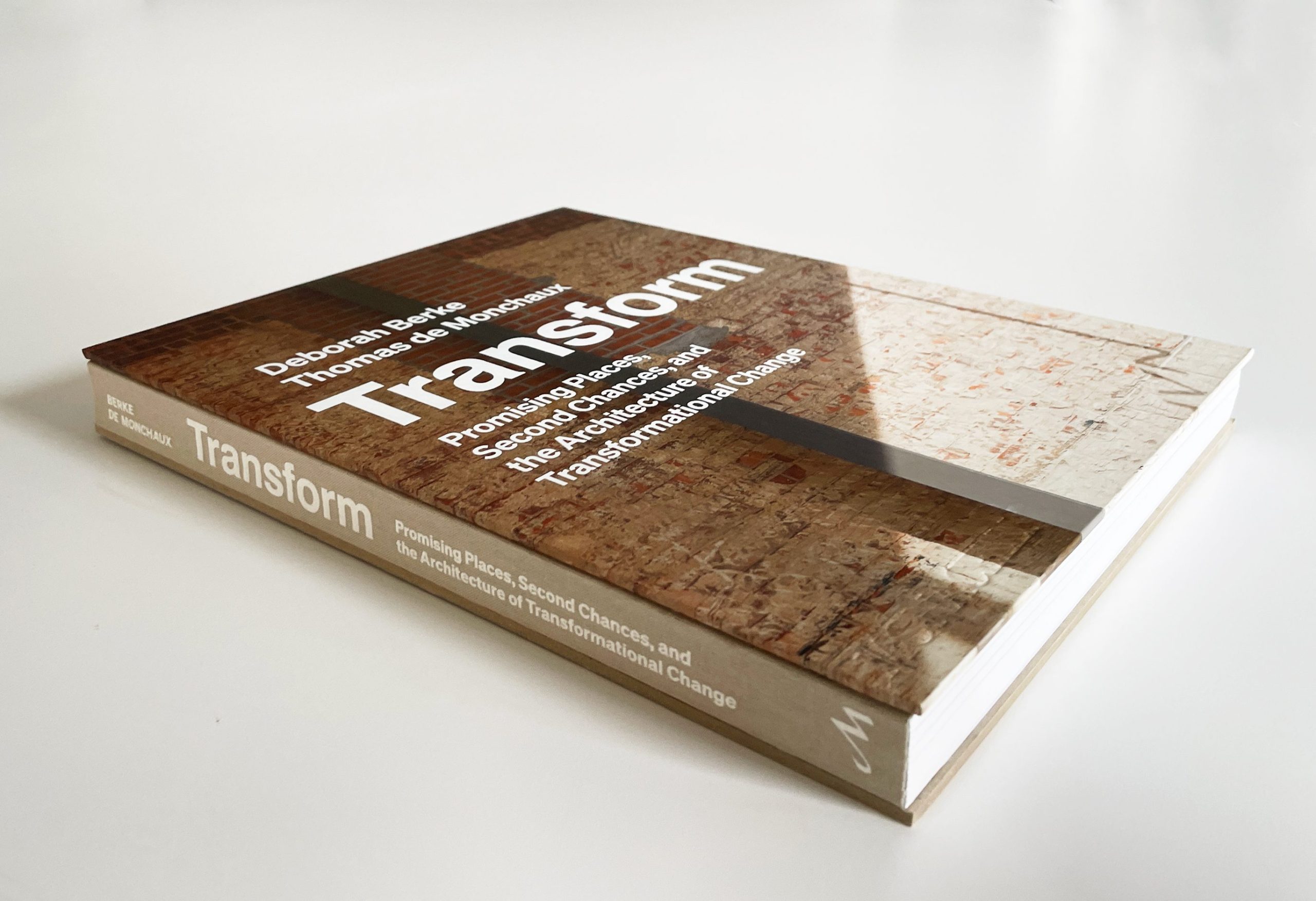
Climates: Architecture and the Planetary Imaginary
“Bernard Rudofsky’s Architecture Without Architects is the architecture book from my parents’ library I remember best. Modestly subtitled “A Short Introduction to Non-Pedigreed Architecture,” the name of the volume concealed his rather grand ambition to challenge Western architectural history and recast the study of the built environment. Historians, he believed, had constructed architecture’s chronology as if “dating the birth of music with the advent of the symphony orchestra.” Seeing the absurdity of this, Rudofsky set out to reset the clock and the canon.
Through his highly popular book and an exhibition of the same name at the Museum of Modern Art, he exposed alternative examples of architecture — remarkable expressions of human ingenuity — to a large public audience. Functioning as collector, curator, writer, and book and exhibition designer, Rudofsky literally expanded the historical frame of reference, using dramatically cropped, full-bleed, and often aerial photographs of hill towns, bridges, arcades, and subterranean dwellings to draw formal and visual connections that traversed continents and centuries.
“Architecture Without Architects relates directly to the current conversation on the environment in that many of the buildings and structures it examines work in concert with natural systems and do not rely on external energy sources. But more importantly, Rudofsky’s pluralism — aesthetic, geographic, disciplinary — reflects the kind of thinking we as architects need to employ today. As he wrote in 1964, ‘the wisdom to be derived [from studying the wide-ranging work of anonymous builders] goes beyond economic and esthetic considerations, for it touches the far tougher and increasingly troublesome problem of how to live and let live, how to keep peace with one’s neighbors, both in the parochial and universal.’”
—Deborah Berke
This essay is included in the book Climates: Architecture and the Planetary Imaginary, a collection of essays at the intersection of architecture and climate change. The publication is a project by The Avery Review, a journal produced by the Office of Publications at Columbia University’s Graduate School of Architecture, Planning and Preservation.
Climates: Architecture and the Planetary Imaginary asks: “In what sites does a concept like the planetary inhere? Where might we locate the nebulousness of climatic thinking in the built world? The answers can be obvious, but more often than not they are surprising and may well be fanciful. Architecture is comprised by myriad imaginaries and multiform realities, always intersecting and messily overlapping. From arctic villages to Noah’s Ark, from log cabins to electric cars, from human waste to utopian landscapes, design is inspired by objects both fictional and real, millennia-old and still-unfinished, at the world scale and the microscopic.
The Avery Review asked a group of thinkers and designers to each propose a single precedent project—represented by an image and short text describing its significance—that has informed their understanding of “climate.” Taken together, the wide-ranging and incisive responses begin to offer something of a cognitive map of how designers might imagine climate anew.”
Columbia Books on Architecture and the City, Lars Müller Publishers, 2016
Paperback: 384 pages
Dimensions: 6.8 x 1.2 x 9.5 inches
ISBN-10: 3037784946
ISBN-13: 978-3037784945




